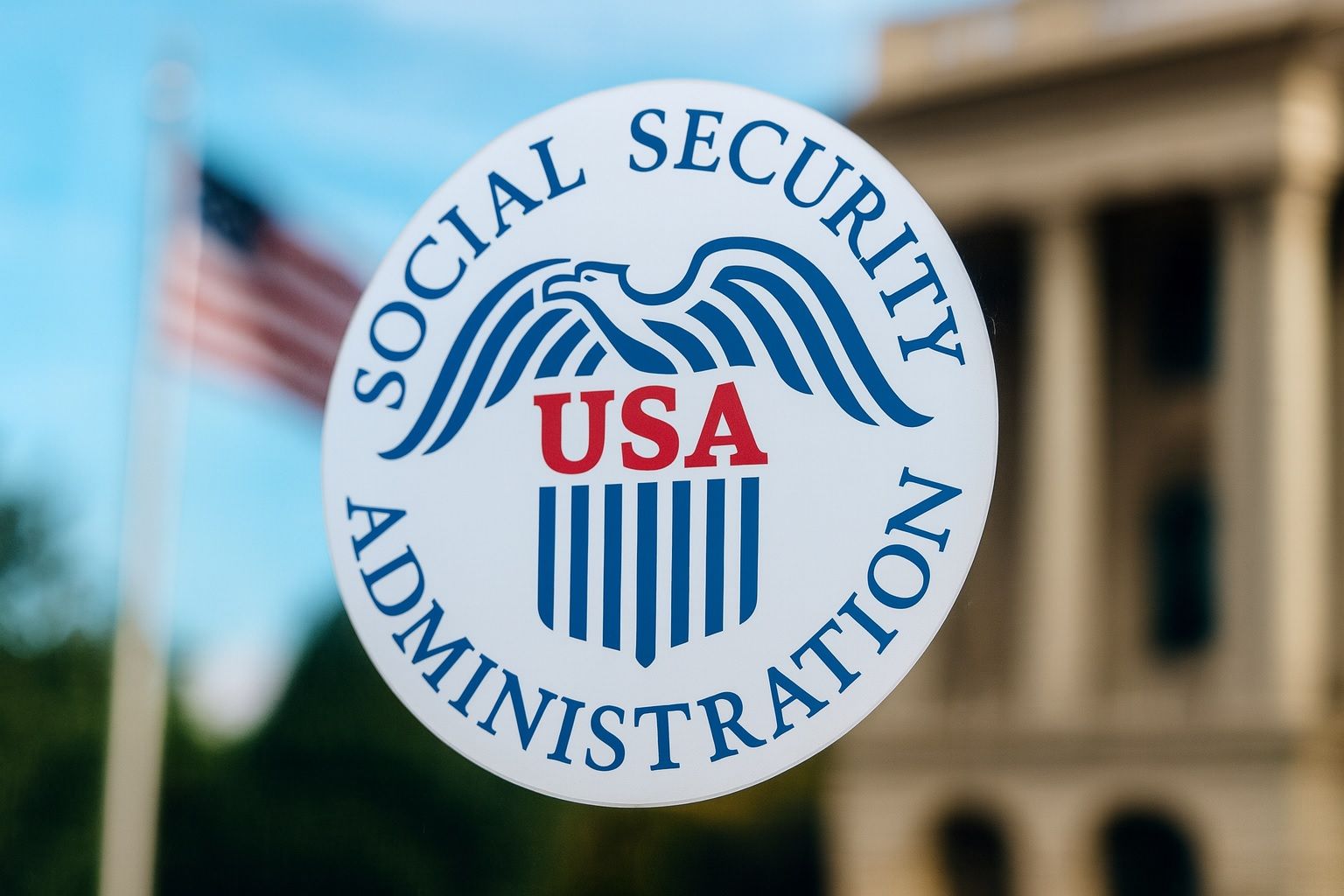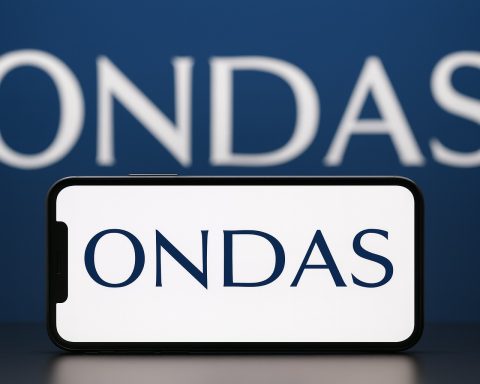Published: November 17, 2025
Overview
Social Security is heading into one of its most consequential years in recent memory. A 2.8% cost‑of‑living adjustment (COLA) for 2026 is now official, and Democrats in the Senate are pushing a new Social Security Emergency Inflation Relief Act that could temporarily add $200 a month to millions of benefit checks in the first half of 2026. At the same time, Medicare Part B premiums are jumping, and new data today highlights how much of that COLA will be swallowed by health costs. [1]
Here’s a detailed breakdown of what’s already locked in, what’s still just a proposal, and what’s happening this week as of November 17, 2025.
1. 2026 Social Security COLA: 2.8% Increase Is Locked In
On October 24, the Social Security Administration (SSA) confirmed that benefits will rise by 2.8% in 2026, based on inflation measured by the Consumer Price Index for Urban Wage Earners and Clerical Workers (CPI‑W). [2]
Key numbers from SSA’s official 2026 COLA fact sheet: [3]
- COLA amount: 2.8% for 2026
- People affected: About 75 million Americans (Social Security plus SSI)
- Average retired‑worker benefit:
- 2025: $2,015 per month
- January 2026: $2,071 per month (about $56 more)
- Maximum benefit at full retirement age:
- 2025: $4,018
- 2026: $4,152
- SSI federal payment standard (individual):
- 2025: $967
- 2026: $994
The COLA is automatic and permanent—once the higher amount kicks in, it remains built into your benefit for life, subject to future annual COLAs.
2. When Will My Benefits Actually Increase?
This is the core question addressed in the “Social Security COLA: When will my benefits increase?” coverage that’s been syndicated by The Hill and other Nexstar outlets, and SSA has now laid out the exact timing. [4]
According to SSA:
- For Social Security beneficiaries (retirement, spousal, survivor, disability):
- New COLA amounts appear in the payment you receive in January 2026.
- For SSI recipients:
- The higher SSI amount starts with the December 31, 2025 payment, which technically counts as January’s benefit.
- COLA notices:
- Online: If you have a my Social Security account created by November 19, 2025, you can see your 2026 COLA notice online in early December. [5]
- By mail: Paper notices are mailed throughout December, and it’s normal for some people in the same household to receive them on different days.
If you’re wondering, “When will I know my exact new amount?” the fastest path is to:
- Create or log in to your my Social Security account.
- Check the Message Center in early December for your COLA notice. [6]
3. The New $200 Monthly Social Security Increase Bill, Explained
Alongside the confirmed COLA, a new proposal in Congress has grabbed headlines: the Social Security Emergency Inflation Relief Act, introduced by Senator Elizabeth Warren (D‑Mass.) on October 30. [7]
What the bill would do
If passed, the bill would:
- Provide an extra $200 per month to eligible beneficiaries
- Run for six months, from January through June 2026 (first half of 2026) [8]
- Be on top of the 2.8% COLA—meaning the COLA is still applied first, then the $200 is added
- Deliver payments automatically, using the same method you already use for benefits (direct deposit, Direct Express card, or mailed check) [9]
Who would get the extra $200?
Based on reporting from The Economic Times and Newsweek, the $200 monthly boost would cover: [10]
- Social Security retirement beneficiaries
- Social Security Disability Insurance (SSDI) recipients
- Supplemental Security Income (SSI) recipients
- Veterans receiving disability compensation or pension benefits
- Railroad Retirement beneficiaries
- Certain federal civil service retirees
The bill explicitly states that:
- The $200 payments would be tax‑free
- They wouldn’t count as income for means‑tested programs like Medicaid or SNAP
- They wouldn’t be subject to garnishment in most circumstances [11]
How much money are we talking about?
For the average retired worker:
- Base 2026 benefit after COLA: $2,071 per month [12]
- If the $200 boost becomes law (January–June 2026):
- Roughly $2,271 per month for six months
- Total temporary extra amount: $200 × 6 = $1,200
For someone close to the maximum benefit at full retirement age:
- 2026 max FRA benefit: $4,152 per month
- With the proposed boost: around $4,352 per month for six months [13]
Again, the key word here is proposed. The bill has been introduced and discussed, but it has not been passed by Congress and is not yet law. Beneficiaries should not budget as if the $200 is guaranteed.
4. Who Is Backing the $200 Increase Bill?
Newsweek’s coverage lists more than ten Democratic senators who have already signed on as cosponsors of the Social Security Emergency Inflation Relief Act. [14]
As of November 17, the sponsor and named cosponsors include:
- Elizabeth Warren (D‑Mass.) – bill sponsor
- Chuck Schumer (D‑N.Y.) – Senate Minority Leader
- Ron Wyden (D‑Ore.) – Senate Finance Committee ranking member
- Mark Kelly (D‑Ariz.)
- Angela Alsobrooks (D‑Md.)
- Tammy Duckworth (D‑Ill.)
- Kirsten Gillibrand (D‑N.Y.)
- Chris Van Hollen (D‑Md.)
- Amy Klobuchar (D‑Minn.)
- Alex Padilla (D‑Calif.)
- Tina Smith (D‑Minn.)
- Peter Welch (D‑Vt.)
Supporters argue that the current 2.8% COLA doesn’t fully keep up with seniors’ real costs, especially when it comes to healthcare, rent, food and utilities, and they repeatedly blame what they call “Trump inflation” and tariff‑driven price increases. [15]
The White House, under President Donald Trump, has responded by emphasizing previous legislation that removed federal income taxes on Social Security benefits for most recipients and insisting that the administration is “protecting and strengthening Social Security.” [16]
5. The Second Bill: Changing How COLA Is Calculated
Alongside the $200 boost, there is a second major bill: the Boosting Benefits and COLAs for Seniors Act. [17]
Right now, COLAs are based on CPI‑W, which tracks inflation for urban workers. Critics say this index underestimates seniors’ costs, because older Americans spend more on:
- Medical care and prescription drugs
- Housing and property insurance
- Utilities and other essentials [18]
The new bill proposes switching to CPI‑E, an index designed to reflect spending patterns of Americans age 62 and older. Advocates say this could raise future COLAs, increasing benefits over time, although it would also worsen Social Security’s long‑term funding gap unless paired with new revenue or cost reforms. [19]
Again, this is not law. It’s part of a broader, ongoing debate over how to keep Social Security solvent while better matching benefits to retirees’ real‑world expenses.
6. How Medicare Premiums and Other 2026 Changes Reduce the COLA’s Impact
For many retirees, the headline COLA is only half the story. The other half is what gets taken out of the check.
Medicare Part B premiums
On November 16, new figures showed that standard Medicare Part B premiums will rise about 10% in 2026, from $185 to $202.90 per month. [20]
That $17.90 monthly increase:
- Wipes out about one‑third of the average $56 COLA increase
- Makes this the first time Part B premiums have crossed the $200 mark
- Hits about 92% of beneficiaries who pay the standard premium (higher‑income seniors pay even more via IRMAA surcharges) [21]
There is some good news for the lowest‑income retirees: roughly 4 million people with very small Social Security checks are protected by the “hold harmless” provision, which caps their Medicare premium increase at the size of their COLA so their net Social Security payment can’t go down. [22]
Other 2026 Social Security changes
SSA’s 2026 fact sheet also confirms other important shifts starting in January: [23]
- Maximum taxable earnings (wage cap):
- 2025: $176,100
- 2026: $184,500
- Earnings test limits (for those under full retirement age):
- Annual exempt amount rises to $24,480 (about $2,040/month)
- Substantial gainful activity (SGA) threshold for disability:
- Non‑blind: $1,690/month
- Blind: $2,830/month
These changes matter if you:
- Are still working while on Social Security, or
- Have higher earnings that may cross the payroll tax cap.
7. Today’s Social Security Headlines (November 17, 2025)
Several Social Security‑related stories are breaking or trending today, adding context to the COLA and the new bills.
Payments worth up to $5,108 going out this week
Newsweek reports that millions of Americans will receive Social Security payments this week, with the next round scheduled for Wednesday, November 19, for beneficiaries whose birthdays fall between the 11th and 20th of the month. A final round for November is set for Wednesday, November 26 (birthdays 21–31). [24]
The article notes:
- The average retirement benefit is around $2,006.69 per month as of mid‑2025
- The maximum payment can reach $5,108 for people who wait until age 70 to claim
- These amounts will all rise when the 2.8% COLA takes effect in January 2026 [25]
Think tank warns against “general revenue” bailout for Social Security
A new analysis from the Committee for a Responsible Federal Budget, published today, warns that plugging Social Security’s projected shortfall with general revenue or borrowing—instead of reforms to benefits or payroll taxes—would be “a costly mistake.” [26]
The report argues that:
- Social Security is about seven years from insolvency, with a projected 24% across‑the‑board benefit cut around 2032–2033 if nothing changes
- Fully covering the gap with borrowed general revenue could add over $150 trillion (inflation‑adjusted) to federal debt over 75 years
- Doing so would undermine Social Security’s identity as a self‑funded, contributory program and weaken one of the last real fiscal “rules” in the federal budget
This underscores why lawmakers are pairing near‑term relief ideas (like the $200 boost) with long‑term fights about how to fix the program’s finances.
A reminder to check your earnings record
A widely shared piece today urges workers to review their Social Security earnings record before the end of 2025, warning that errors left uncorrected can shrink future benefits. The article encourages people to log into their my Social Security accounts and verify that every year of earnings looks right. [27]
SSA generally advises catching mistakes as early as possible, since older records can be harder to correct.
8. What It All Means for You Right Now
Here’s how to think about all of this as of November 17, 2025:
- The 2.8% COLA is guaranteed.
- Your 2026 benefit will be at least 2.8% higher than in 2025.
- SSI recipients see the increase first, on December 31, 2025; everyone else sees it in January 2026 checks. [28]
- The $200 monthly boost is not guaranteed.
- The Social Security Emergency Inflation Relief Act is a bill, not a law.
- It has a growing list of Democratic cosponsors, but still must clear both chambers of Congress and be signed by the president. [29]
- Medicare will eat part of your raise.
- The 2026 Part B premium increase to $202.90 is real and substantial, and it will automatically come out of your Social Security check if you’re enrolled in Medicare. [30]
- Long‑term solvency questions aren’t going away.
- Social Security is still on track to face a sizable across‑the‑board benefit cut in about seven years unless Congress acts. Any short‑term relief like the $200 boost is happening against that backdrop. [31]
- You can act now on the pieces that are in your control.
9. Quick FAQ
Will I definitely get a $200 increase to my Social Security check in 2026?
Not yet. The 2.8% COLA is guaranteed, but the $200/month increase is only a proposal in the Social Security Emergency Inflation Relief Act. It will only happen if Congress passes the bill and the president signs it into law. [34]
When will I see the 2.8% COLA in my bank account?
- SSI: December 31, 2025 payment
- All other Social Security benefits: January 2026 payment [35]
How can I find out my exact new benefit for 2026?
Log into your my Social Security account in early December 2025 and look for your COLA notice in the Message Center. If you don’t have an account, a paper notice should arrive by mail in December. [36]
Why does my raise feel smaller than 2.8%?
Because Medicare Part B premiums and other deductions come out of your check. With premiums jumping to $202.90 in 2026, roughly a third of the average $56 COLA will be absorbed before you ever see the money. [37]
As of November 17, 2025, the bottom line is this: a 2.8% benefit increase for 2026 is locked in, a $200 emergency boost is on the table but uncertain, and rising Medicare costs are already clawing back part of that raise. Keeping an eye on both your my Social Security account and the progress of these bills in Congress will be crucial over the coming weeks.
References
1. blog.ssa.gov, 2. blog.ssa.gov, 3. www.ssa.gov, 4. www.yahoo.com, 5. www.ssa.gov, 6. blog.ssa.gov, 7. www.newsweek.com, 8. economictimes.indiatimes.com, 9. economictimes.indiatimes.com, 10. economictimes.indiatimes.com, 11. economictimes.indiatimes.com, 12. www.ssa.gov, 13. www.ssa.gov, 14. www.newsweek.com, 15. www.newsweek.com, 16. www.newsweek.com, 17. www.newsweek.com, 18. www.aarp.org, 19. www.newsweek.com, 20. www.marketwatch.com, 21. www.marketwatch.com, 22. www.marketwatch.com, 23. www.ssa.gov, 24. www.newsweek.com, 25. www.newsweek.com, 26. www.crfb.org, 27. www.aol.com, 28. www.ssa.gov, 29. www.newsweek.com, 30. www.marketwatch.com, 31. www.crfb.org, 32. www.ssa.gov, 33. www.nasdaq.com, 34. www.newsweek.com, 35. www.ssa.gov, 36. blog.ssa.gov, 37. www.marketwatch.com










